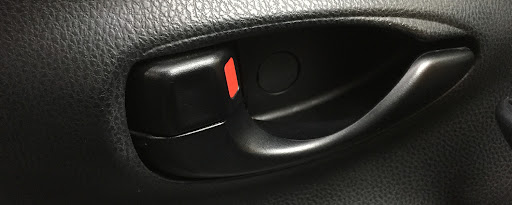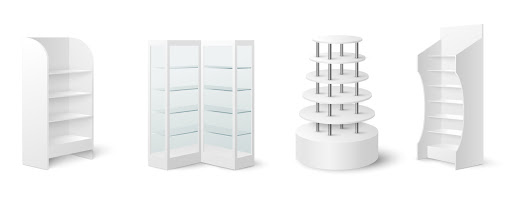Time to read: 9 min
Every startup knows about accelerators, but not every startup knows how to read between the lines of an accelerator experience to transform those golden nuggets of expertise, resources, and connections that these organizations offer into a viable new brand.
In this week’s Spotlight we share the story of Peeple, the smart caller ID for your front door, and the captivating journey its creators took from an egg-shaped idea to a product on the shelves of a top European retailer.
One Door Opens Another
“When one of my boys was 3, he just walked out the door,” recounts Chris Chuter, co-founder of Building 10, the company behind Peeple. “He only wanted to go to his grandma’s, but of course didn’t bother to tell me. That scared an idea into my head: to put something on my front door that would let me know when it’s opened—so I can keep track of my kids. And then there was this weekend hackathon thing here in Austin.”
Chris convinced his wife to give him 24 hours for the hackathon, the first prize of which was to go to Silicon Valley to pitch investors. In those 24 hours, he and David Genet, a friend he’d worked with “in the soul-crushing game industry,” put together their very first prototype of that “something”—a gadget they called “Peep” that had a camera, speaker, doorbell, reed switch, and a piezo sensor for knock detection. It was all held together with duct tape. They mounted it on one of Chris’ kids’ toys and on the software end, they wrote a simple one-screen app that displayed an image of the person on the screen while playing Paul McCartney’s “Let ‘Em In.”
Over and over again.
“We quickly learned that that’s really annoying,” laughs Chris.
Annoying or not, they won the hackathon. They began preparing their pitch to Silicon Valley investors—only to have the grand prize pulled out from under their feet a few months later when the organization experienced issues with their CEO.
But then Austin’s extremely popular tech/culture event South by Southwest (SXSW) rolled around. “SXSW was great,” says Chris. “They gave us a free table where we showed Peep to real people.” That started what would turn into a string of critical insights as the founders went through three accelerators and multiple prototypes.
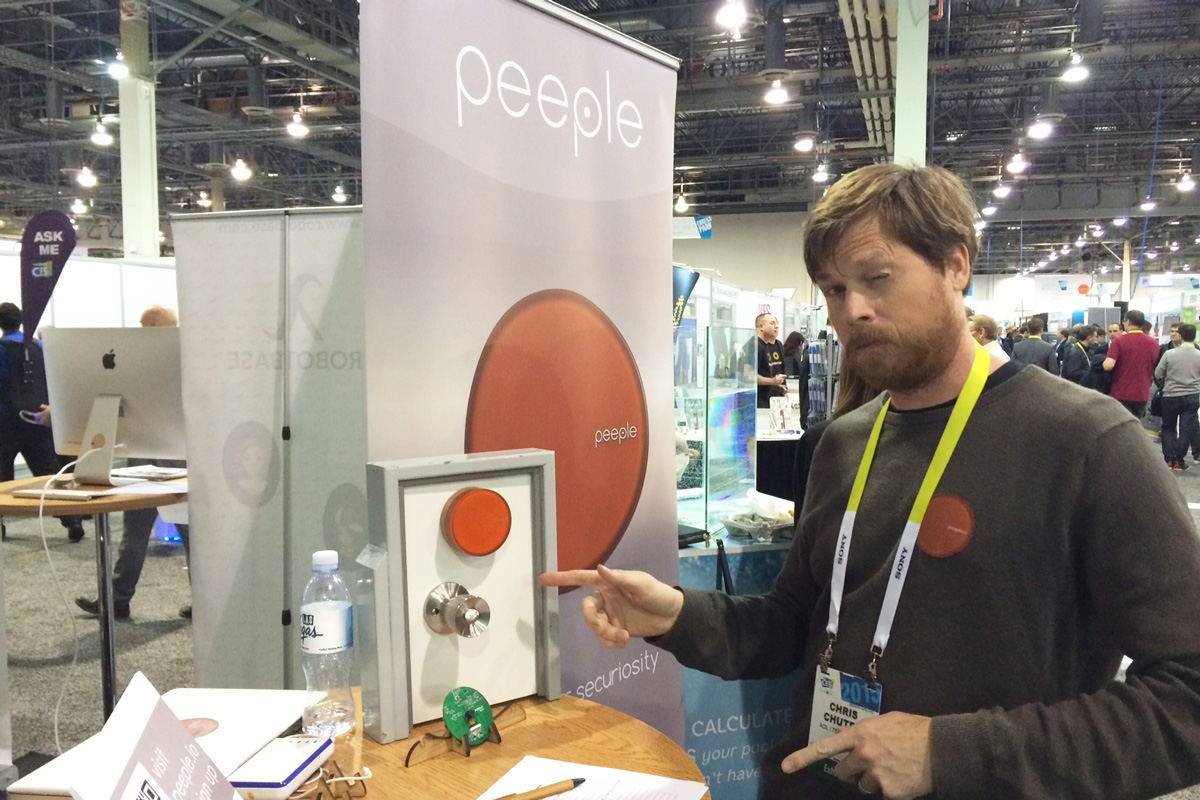
At SXSW, says Chris, “Our biggest ah-ha moment was watching people’s faces when we compared our product to the idea of having a caller ID for your phone. They instantly got it. They’d say ‘oh, you mean like a caller ID for your door!’ People’s eyes physically change—they get bigger when they get it. That got us excited again. That’s a great feeling as an inventor… when you solve a problem real people can use.”
That, in a peephole-size nutshell, was the first, and in hindsight most critical, breakthrough for what would soon become the Peeple we know today: solving a problem real people can use.
But first the guys had to head west. North by northwest.
The Critical First Insights
“Of the three accelerators that we’ve been a part of,” shares Chris, “Highway1 was the first, and by far the most impactful. If you’re a hardware company in the U.S., this is the only accelerator that’s worthwhile.”
In the four months Chris, David, and Building 10’s third co-founder, CTO Craig Sullender, spent at Highway1, they took their invention from just an idea to a real product.
You simply cannot envision all the variables you’ll come up against when turning an idea into a product
The hyper focus on hardware was what it made it so incredible,” explains Chris. “We iterated through a dozen prototypes and put it in people’s houses all over Baoan. The field testing was critical, because we got real feedback. And that was great because I’m an engineer who likes people.”
Here is the string of insights from the Highway1 field test:
People are much more interested in screening visitors when they’re home and much less interested in knowing when they miss a delivery (which impacts functionality).Women seem to be much more interested in the product than men, whether they live alone or run a household (which then impacts the design).People are incredibly attached to their front doors. “It’s one of the things people usually love about their homes,” says Chris, “so we needed to respect that and make something that looks good and works well for their door. No one’s going to buy a new door for our product.”
Doorbells are not as intuitive as you’d think. Chris thought most people would use a doorbell, but, as he says, “people still knock all the time. Knocking is more natural, more automatic.” This led to the team’s decision to focus the sensor on knocking and make the doorbell sensing functionality an accessory feature.
Strategy and Long-term Thinking
Physical things take up space. They need real materials to be created, manufactured, and stored. They require shipping, not software “shipping” but real shipping as in actual, physical, wheels-on-the-ground or wings-in-the-air transportation from one place to another.
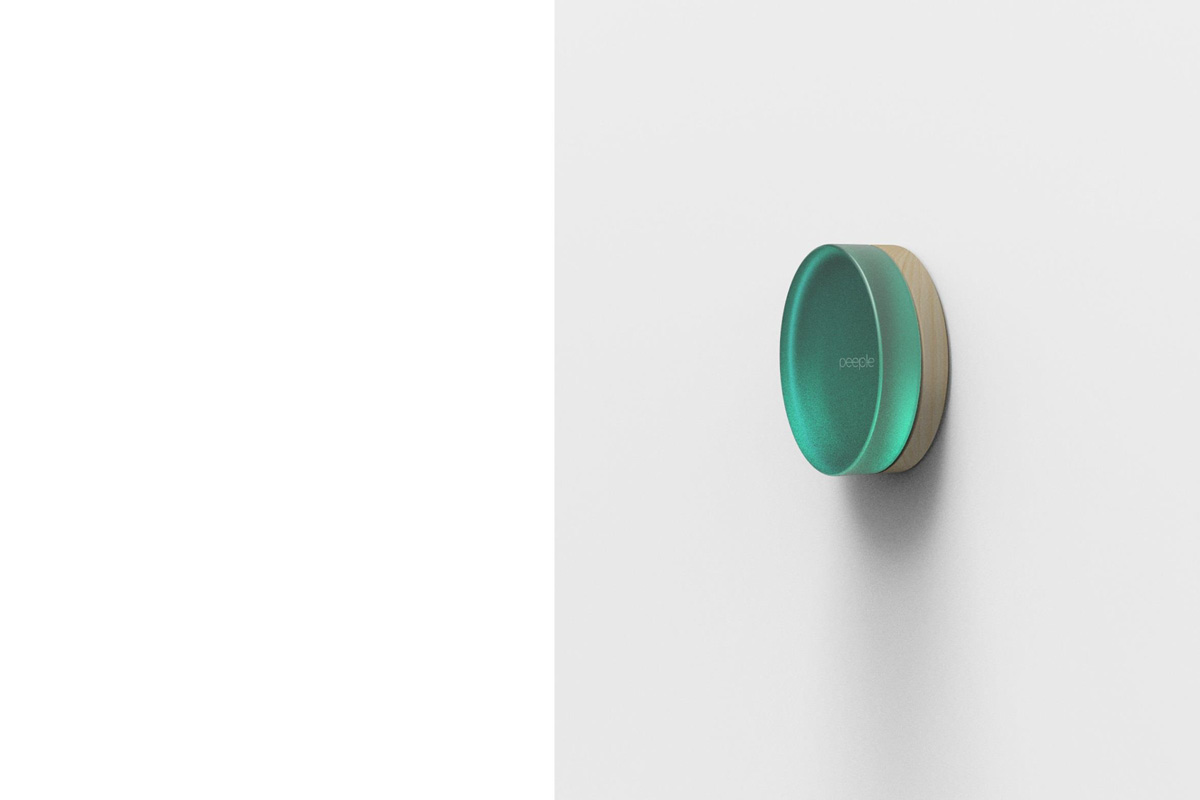
So, “when you’re making a physical thing,” says Chris, “you have to make some very strategic, long-term decisions. You have to decide whether you’re going to do a limited run that you package and ship from your garage or office, or whether you want to make 100,000 units or more. If you go large, don’t expect to fulfill orders from your garage. You just can’t.”
It was Highway1 that taught the Peeple founders how to team up with bigger manufacturers.
“There are two ways you can make a product,” he says, “besides failure. You can get a bunch of backers funding you and then try to figure out how to make the thing you promised everyone in your garage. Or, you can learn how to partner with the large manufacturers to fulfill all the orders coming in, and turn the dial according to how demand fluctuates. But you have to be prepared to do it in your garage at first, because you will have issues and you will need to iterate.”
It’s Who You Work With
Accelerators are not just about the space and the resources and the access to 3D printers. “Accelerators hook you up with the right people and save you time figuring out who to use, either for contracting or manufacturing,” he says. “You simply cannot envision all the variables you’ll come up against when turning an idea into a product. There really is nothing better than sincere, valuable recommendations.”
And for Chris, David, and Craig, that alone was worth its weight in startup gold.
Don’t send a survey with a hundred questions. Learn how to talk to customers and figure out what they want.
We had amazing mentors,” says Chris. “One said, ‘write down all your fears. All the things that are bad about this product.’ So we wrote down things like, our product is useless, no one’s going to want it. The mentor then said, ‘Okay. Get this into the hands of as many people as you can, NOW.’”
“The second mentor guided us through figuring out whether our product is improving people’s lives. They taught us that if you’re in someone’s house with your prototype, asking them for their time and input, that’s a privilege to be respected. Don’t send a survey with a hundred questions. Learn how to talk to customers and figure out what they want.”
The guys were also introduced to several industrial designers. The field tests told them loud and clear they needed to pay attention not just to the functionality and the very raison d’être of Peeple, but also its design, because they were creating an item that would become a very visible part of people’s everyday lives (think about how many times a day you walk through your front door).
“Because this is something people would see every day, we really had to spend the time and the money to make sure it’s aesthetically pleasing,” says Chris.
When one of the designers came back with a portfolio of designs, they spotted the one. A pretty round object with a translucent element. “We said, ‘boom that’s it.’”
Iterating through Design
Isn’t it fascinating what the things we grow to know and love look like in their early phases?
In the case of “the peeple,” as Chris affectionately calls his invention, it wasn’t always round. It started out, like the proverbial chicken, as an egg.
It was early 2014, and Chris and David had hatched their first egg. “We used to be in games so we played off the “peep” concept,” grins Chris. “You know, chickens… eggs…”
It was a 3D-printed egg that could hold the electronics. Eggs #2 through #4 added external sensors (reed switch/door opening, piezo mini-egg sensor, doorbell button), and wings with suction cups to stick to a window to detect motion. Egg #5 knew better: it shed the wings and external sensors, so it could be a standalone egg.
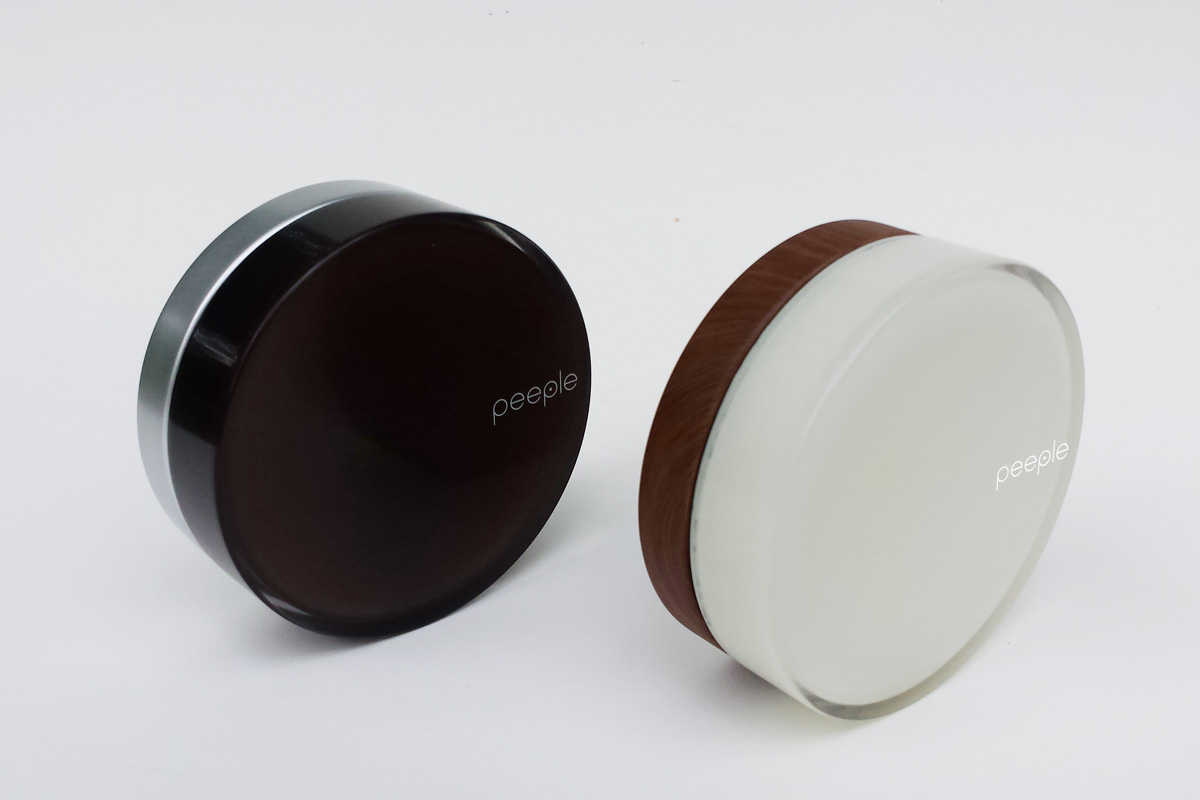
For materials, they started with the usual 3D-printed materials, although Chris really wanted wood. “I had a drill that could only cut circles, so that’s how the circular shape happened,” he says. For a while they worked with real hardwoods like ambrosia maple.
“The problem with wood,” explains Chris, “is that its natural grain and texture can really clash with front doors, which tend to be a single solid color.” So the wood had to go, in the interest of user appeal—and production scalability. ABS plastic won the day.
They even made a few square prototypes, cast from plastic and sporting a metal bracket to attach to the door, for the field tests. Several square prototypes later, once the electronics and LED were figured out, they went back to the circle and once again tested wood and plastic.
By the time Highway1 Demo Day rolled around, the Building 10 team had the acrylic Peeple that we’re now familiar with.
How to Work with a Top Retailer
After the head-spinning experience of Highway1, there came what Chris informally calls “the London accelerator.” Funded by the well-known British retailer John Lewis, JLAB is one part accelerator and one part competition.
As Chris explains, from a pool of several hundred applicants, they select just five—so getting accepted is a prize in itself. One out of the five teams gets to take home the very cozy sum of £100k (which Building 10 promptly did). But despite the tension of competition hanging in the air, “it was really friendly,” says Chris. When we ask why he thinks his team won, he says simply, “I think the fact that we knew our shit was what made us win. It all came together on pitch day. I’d gone to China to meet manufacturers and get quotes while my guys were building new hardware back in Austin. All the parts worked just right together, so by the time we demoed to the JLAB panel it was pretty much a finished product they could envision on their store shelves.”
Because this is something people would see every day, we really had to spend the time and the money to make sure it’s aesthetically pleasing
Apparently John Lewis execs saw that vision loud and clear. Stuart Marks, the chairman of L Marks, which partners with John Lewis in JLAB, said in a statement that “Peeple impressed us with the potential of their product and relevance to John Lewis customers.”Accelerate Local, Scale Global
Funding and a retail deal certainly sweeten an accelerator experience, but the real value, says Chris, lay in learning “what it takes to develop a product that retailers want.” But not just any retailer; a European [read: international reach] retailer.
“We really got to see what John Lewis valued and how they saw their company, and that affected the products they wanted in their stores. And because they’re in Europe, it gave us a great insight into whether our product was something we could take global and what it would take to do so.”
Once you have a large overseas retailer behind you, and the know-how of negotiating with large manufacturers, not to mention several rounds of funding under your belt, you can begin to take your original dream of “making it big” seriously.
At this writing, Building 10 is a few weeks into its third accelerator program, the Austin, Texas-based Capital Factory. Says Chris, “We’re using it primarily to establish ourselves in our home town. So far we’ve had great success in Silicon Valley and London, but none in Austin. Hopefully, Capital Factory will help change that.”
